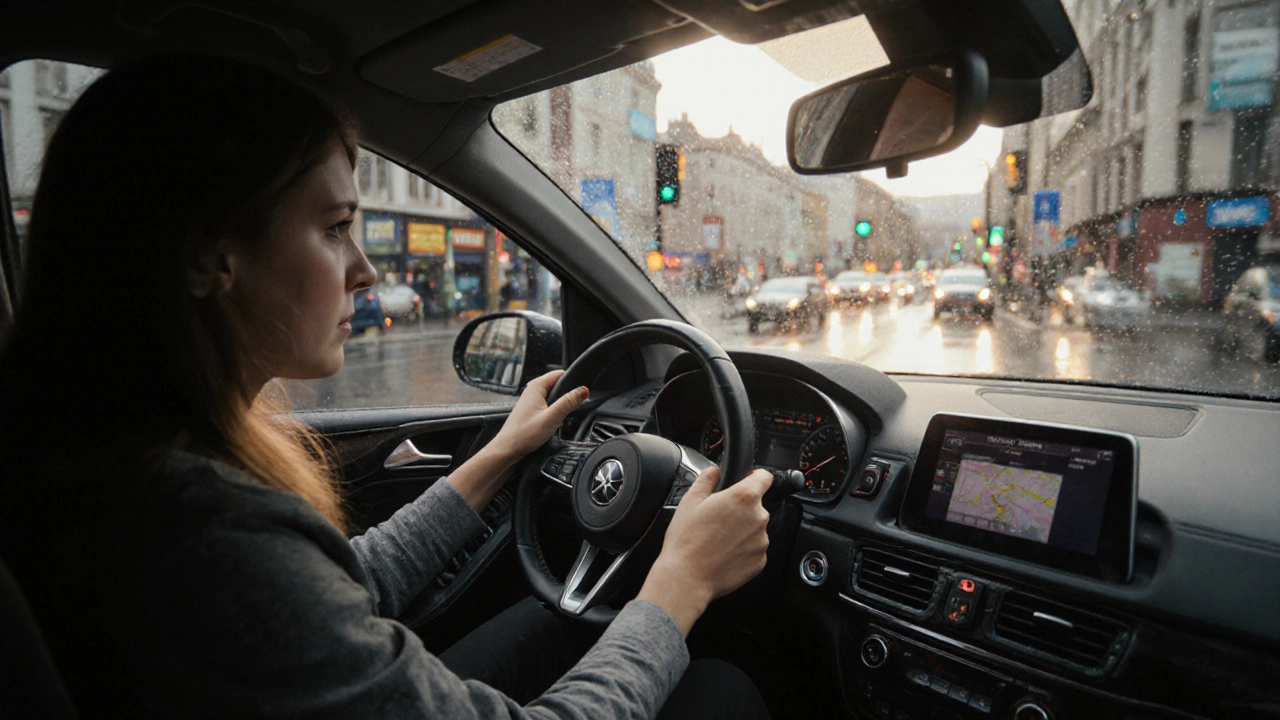Crash Course Driving: What It Really Takes to Pass Fast
When you hear crash course driving, an intensive, condensed program designed to teach driving skills in a very short time. Also known as intensive driving course, it's often the last resort for people running out of time—or the smart choice for those who want to get it done right, fast. This isn’t magic. It’s focused practice, repetition, and learning what examiners actually look for—not what you think they want.
Crash course driving works best when you already have some basics down. If you’ve had a few lessons and feel stuck, this kind of program can break through the plateau. But if you’ve never sat behind the wheel, cramming in five hours a day for a week won’t turn you into a confident driver—it’ll turn you into a stressed one. The real secret? It’s not about how many hours you log, but how well you use them. That’s why the top performers in crash courses focus on one thing: consistency. They drill the same maneuvers over and over, learn the exact scoring rules for their test, and practice under real conditions—not just in quiet parking lots.
And here’s what most people miss: crash courses aren’t just about driving. They’re about mindset. If you’ve failed before, you’re probably overthinking every turn, second-guessing every mirror check. That’s why many crash course programs include mental training—breathing techniques, focus drills, and how to shut off the noise in your head when the examiner is watching. It’s not about being perfect. It’s about being calm, predictable, and in control.
You’ll find posts below that cover exactly what you need to know. From how many mistakes you’re allowed on the road test in Illinois, to why using both feet in an automatic car is a bad idea, to what the 3-second rule really means in heavy traffic. These aren’t random tips—they’re the same things instructors use in crash courses to help students pass. Some posts talk about the hardest driving tests in the U.S., others about how long HGV training actually takes. They all tie back to one truth: passing isn’t about luck. It’s about knowing the rules, practicing the right things, and showing up ready—not just physically, but mentally.
Whether you’re trying to get your first license or upgrading to a Class 1 HGV, the path is the same: learn what matters, cut out the noise, and drive like you mean it. The posts ahead give you the real, no-fluff details—no theory, no filler, just what works on the road and in the test.
- November 17 2025
- 0 Comments
- Rowan Cavendish
What Is the Meaning of Intensive Training in Driving?
Intensive training in driving means learning to drive in a compressed timeframe-often 4 to 8 hours a day for one to three weeks. It’s faster, often cheaper, and has higher pass rates than regular lessons.
- Driving Lessons (41)
- HGV Training (31)
- Driving Test Tips (30)
- Driving Test Booking (26)
- Driving Licence Renewal (23)
- Driving Theory Test (20)
- Pass Plus Course (15)
- Driving Tips (15)
- Intensive Driving Course (15)
- Driver Licensing (14)
Categories
- December 2025 (8)
- November 2025 (13)
- October 2025 (21)
- September 2025 (5)
- August 2025 (8)
- July 2025 (30)
- June 2025 (30)
- May 2025 (30)
- April 2025 (31)
- March 2025 (30)
- February 2025 (28)
- January 2025 (34)
Archives
- driving lessons
- driving test
- driving tips
- driving test tips
- intensive driving course
- HGV training
- learn to drive
- driving theory test
- driver training
- driving test booking
- pass driving test
- HGV driving
- road safety
- driving license renewal
- Virginia driving test
- learner drivers
- safe driving
- Virginia driver's license
- driving license
- learning to drive

